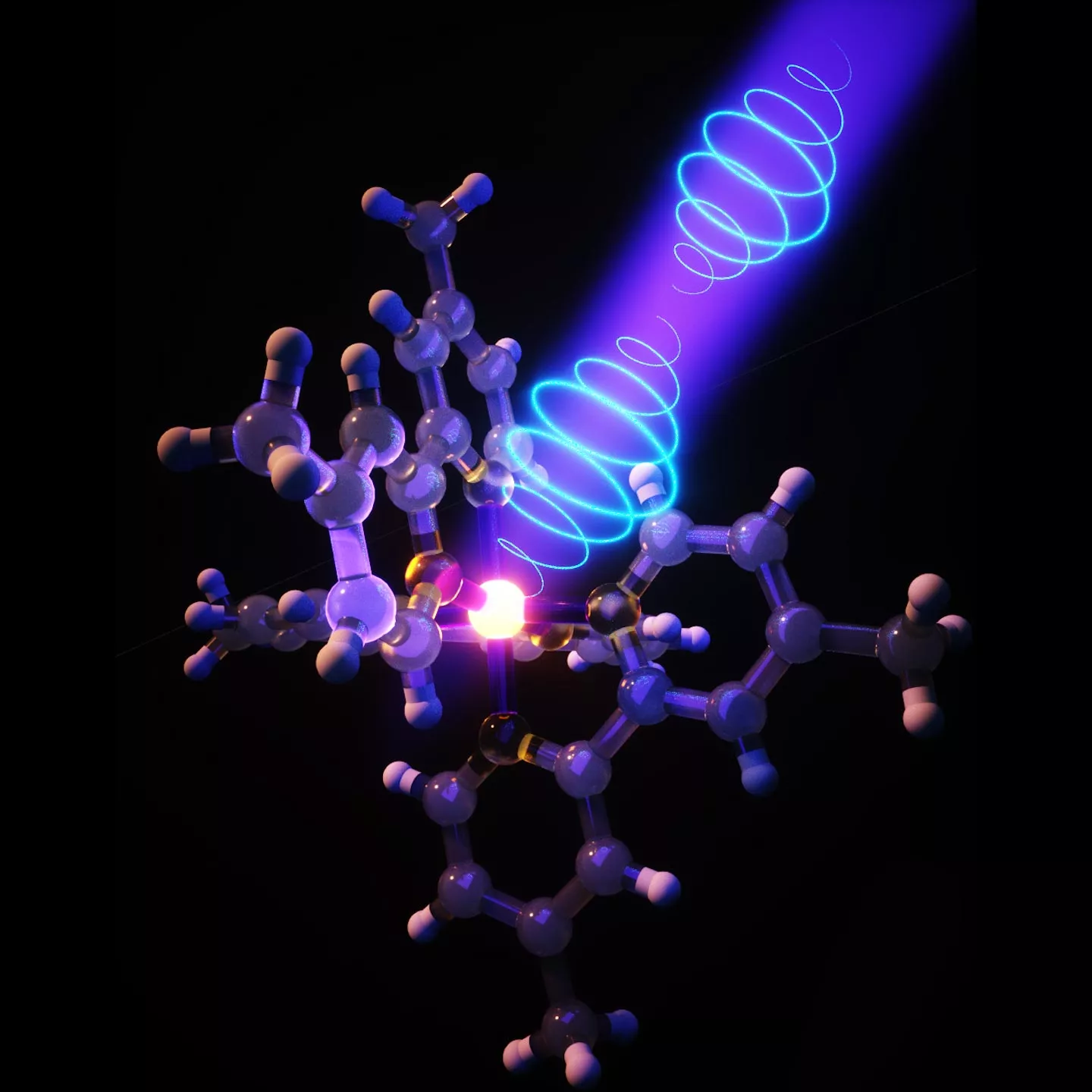Chiral molecules exist in two forms, which are called enantiomers. They are mirror images of each other and cannot be superimposed -- much like a pair of hands. Although most chemical and physical properties are shared, enantiomers can have adverse effects in (biological) chemical phenomena. For example, a protein or enzyme may bind only one enantiomeric form of a target molecule. Therefore, the recognition and control of chirality is often the key to the design of (biological) chemical compounds, such as in the food, perfume and pharmaceutical industries.

Circular dichroism is the most popular method to identify chirality. It measures how chiral materials absorb left circularly polarized light and right circularly polarized light in different ways to directly identify enantiomers. Circular dichroism can also help solve the conformation of molecules through its chiral reaction - which makes it a popular analytical tool in (biological) chemical science.
However, so far, circular dichroism has been limited in time resolution and spectral range. Researchers led by Malte oppermann of the majed Chergui group of EPFL have now developed a new time-resolved instrument that can measure the change of circular dichroism in picoseconds, which means that it can "take" an ultrafast snapshot of the chirality of a molecule throughout its (biological) chemical activity. This means that it is possible to capture the chirality of light excited molecules. In addition, it can also solve the conformational movement of light energy conversion driving absorption.
In cooperation with the J é R ô me lacour group of the University of Geneva and the Francesco zinna group of the University of Pisa, researchers used this new method to study the magnetic switching dynamics of "iron-based spin cross complexes" - a class of important metal organic molecules with broad application prospects in magnetic data storage and processing equipment. After decades of research, the deactivation mechanism of their magnetic state has not been solved -- although it is very important for magnetic data storage.
The researchers conducted a time-resolved circular dichroism experiment and found that the loss of magnetization was driven by the distortion of molecular structure, which distorted its chiral symmetry. It is worth noting that the research team can also slow down the attenuation of magnetization by inhibiting the twisting motion in the modified composite.
"These groundbreaking experiments show that time-resolved circular dichroism is uniquely suited to capture the molecular motion driving many (biological) chemical processes. This provides a new method for studying challenging dynamic phenomena, such as the overspeed rotation of synthetic molecular motors and the conformational changes of proteins and enzymes in their local liquid environment," Malte oppermann said